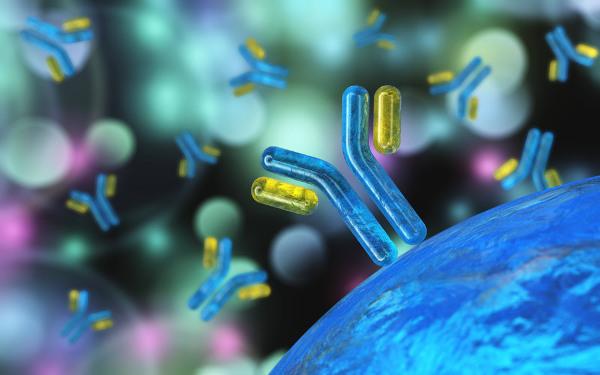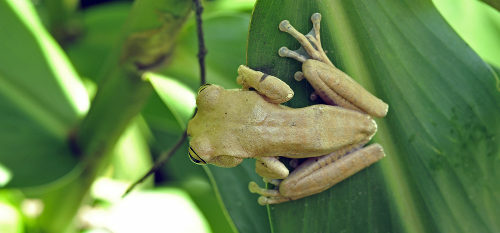In nature there is a constant flow of energy and organic matter that is essential for the maintenance of life. All living organisms participate in these processes through food chains, whether they are autotrophs and produce their own food, or heterotrophs and consume other organisms.
Autotrophic Beings
Autotrophs are living beings that obtain nutrients and energy, taking advantage of sunlight, through photosynthesis. As they produce their own food, they do not need to consume other organisms, and participate as the main (base) producers of the food chain. They are usually green organisms because they contain a pigment called chlorophyll, but others like blue algae or cyanobacteria also contain other pigments, which make them bluish. Examples of autotrophic beings are plants, algae and cyanobacteria.
Also read the article about photosynthesis.
More rarely, energy can be obtained in the absence of sunlight, through chemical oxidation. This process, called chemosynthesis, produces organic matter through inorganic substances such as iron, sulfur and nitrogen. Some species of bacteria are able to carry out this process, examples are the
Nitrosomes and Nitrobacter that participate in the nitrogen cycle and the Thiobacillus that oxidize the sulfur.Want to know more about the chemosynthesis? Read the article.
Heterotrophic Beings
Heterotrophs are living beings that obtain nutrients and energy by consuming other living beings. Heterotrophs take advantage of carbon sources that are part of other organisms. In food chains they act as consumers, depending directly or indirectly on autotrophic beings.
If they are herbivores (primary consumers) they feed directly from producers, and being carnivores (secondary consumers), they feed on herbivores. So, for example: the frog is a secondary consumer as it feeds on insects, but it indirectly depends on the plants (producer) that serve as food for the insects.
See more about animals herbivores and carnivores.
The type of food varies greatly among heterotrophs. An animal can eat both vegetables and animals and therefore be omnivorous (bat, skunk, human); can feed on the remains of dead animals, being called detritivores (vultures, flies, hyenas) or if feed only on the blood of an animal, called hematophagous (parasites such as lice, fleas, ticks).
To learn even more, read about the omnivores.
Did you know that the carnivorous plants are they autotrophs and heterotrophs? As it does not absorb all the nutrients needed during photosynthesis, it supplements its diet with the intake of small animals.
See too: Food Chain Exercises



